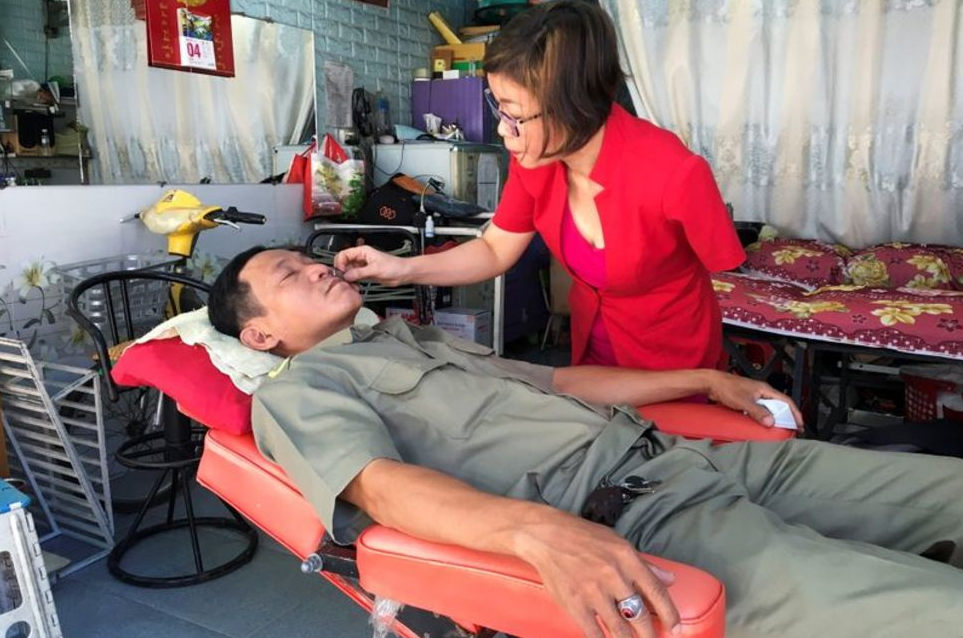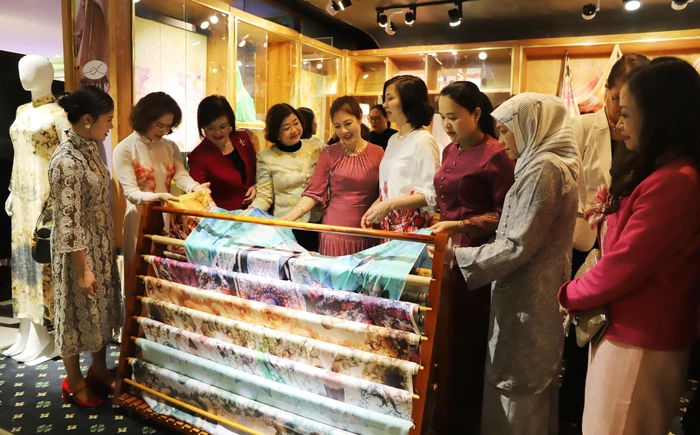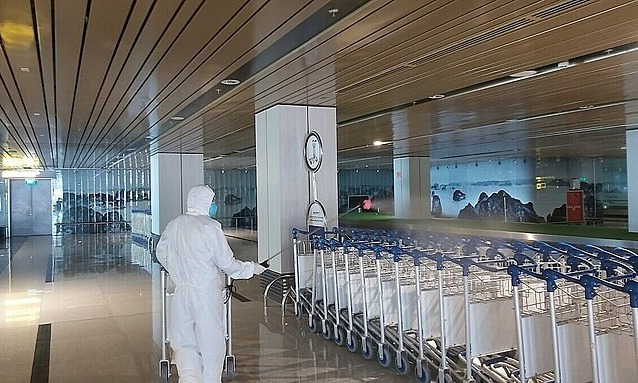Vietnamese researcher successfully uses shrimp, crab shells to remove antibiotics from water
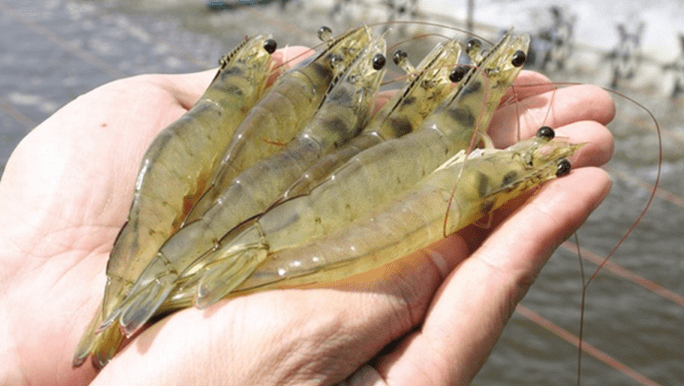 |
| Chitosan material from shrimp and crab shells can remove antibiotics from wastewater. Photo: Biosacotex |
After a while in the human body, the antibiotics will be excreted outsides, afterward easily be found in the sewage of hospitals, pharmaceutical factories, or livestock farms. The antibiotics residue in the water can create antibiotic-resistant genes in the microbiota, which have extremely negative effects on human health and the environment.
Tran Van Son had first heard of chitosan, a bioactive polymer with properties like non-toxicity and biodegradability that is used to treat wastewater, in 2015 when he was looking for a topic to write a master's thesis on to graduate from the University of Technology Sydney in Australia.
When he dug deeper, he realized its wide applicability in the treatment of contaminants and decided he would continue to research into it after returning to Vietnam.
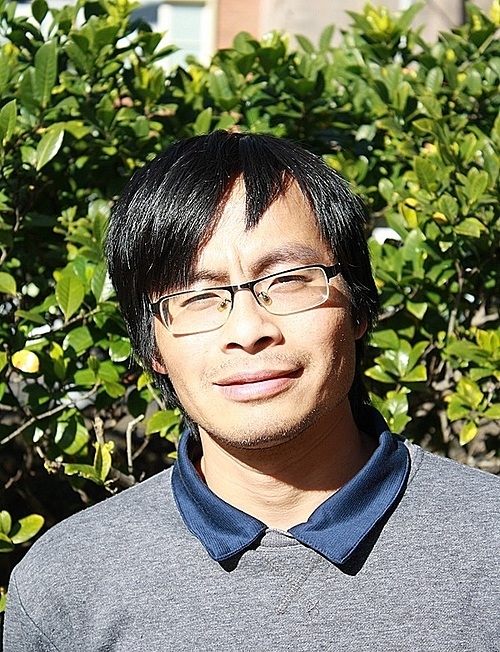 |
| Dr. Tran Van Son. Photo: VnExpress |
Tran Van Son and his colleagues collected shrimp and crab shells at seafood markets and cleaned, deodorized, deproteinized, and deacetylated to obtain chitosan in high purity, which can be used in many different forms for practical applications.
Shells of crab and shrimp contain up to 27.2 - 30 percent of chitin, a precursor of chitosan biopolymer, in which the amino and hydroxyl functional groups have good absorption ability. It is these two functional groups that make chitosan electrically neutral, easily chemically modified, for use in adsorbing dyes or organic pollutants.
To improve the durability and processing ability of chitosan when removing the antibiotics in wastewater, the team also combined it with some other materials such as biochar and a cross-linking agent.
Lab test showed wastewater samples treated with chitosan met the requirements for discharge into the environment as it removed 95 percent of sulfonamide bacteriostatic antibiotics and heavy metals contaminated by antibiotics.
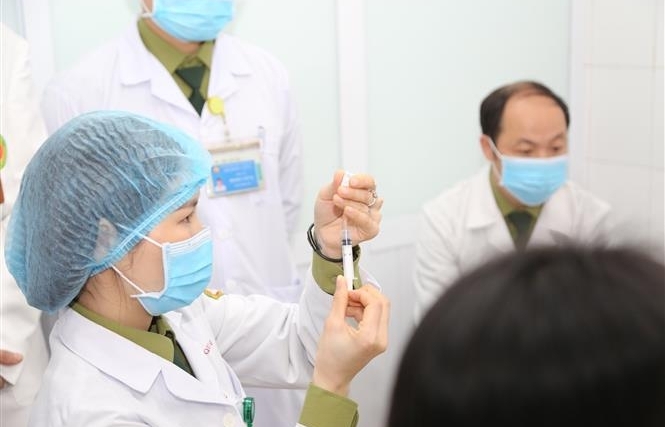 | All COVID-19 vaccinated people in Vietnam are in stable health condition COVID-19 vaccinated people are all “in stable condition after one day of injection”, Director of the National Institute of Hygiene and Epidemiology Dang Duc Anh ... |
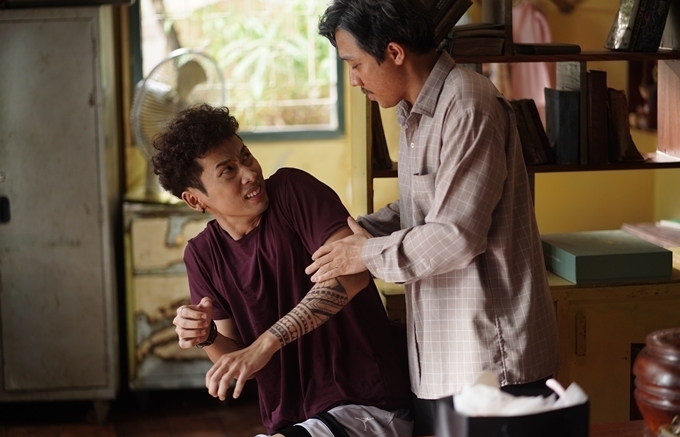 | "Bo Gia" (Old Father)- Vietnamese fastest movie to hit the mark of 100 bln VND in revenue After just four days of premier since last week, Vietnamese film "Bo Gia" (Old Father) has set a new box office record for the fastest ... |
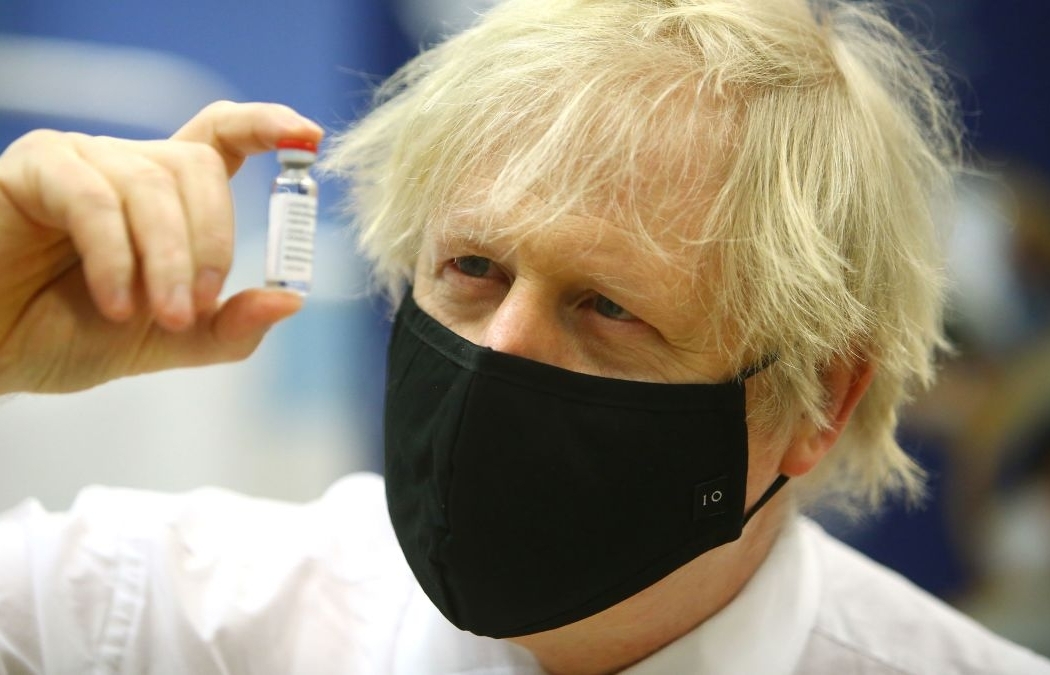 | UK medicine regulator: Covid-19 vaccine AstraZeneca is "both safe and effective" Several European countries have suspended the use of the Covid-19 vaccine AstraZeneca following a number of blood clotting cases indecated. However, the UK regulator investigates ... |
Recommended
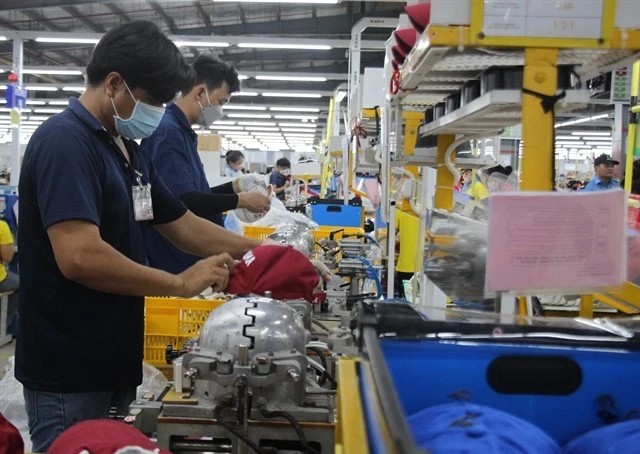 National
National
Vietnam News Today (Jun. 6): Foreign Investment in Vietnam Surges in Five Months
 National
National
Vietnam News Today (Jun. 5): PM sets off for attendance at UNOC 3 in France, official visits to Estonia, Sweden
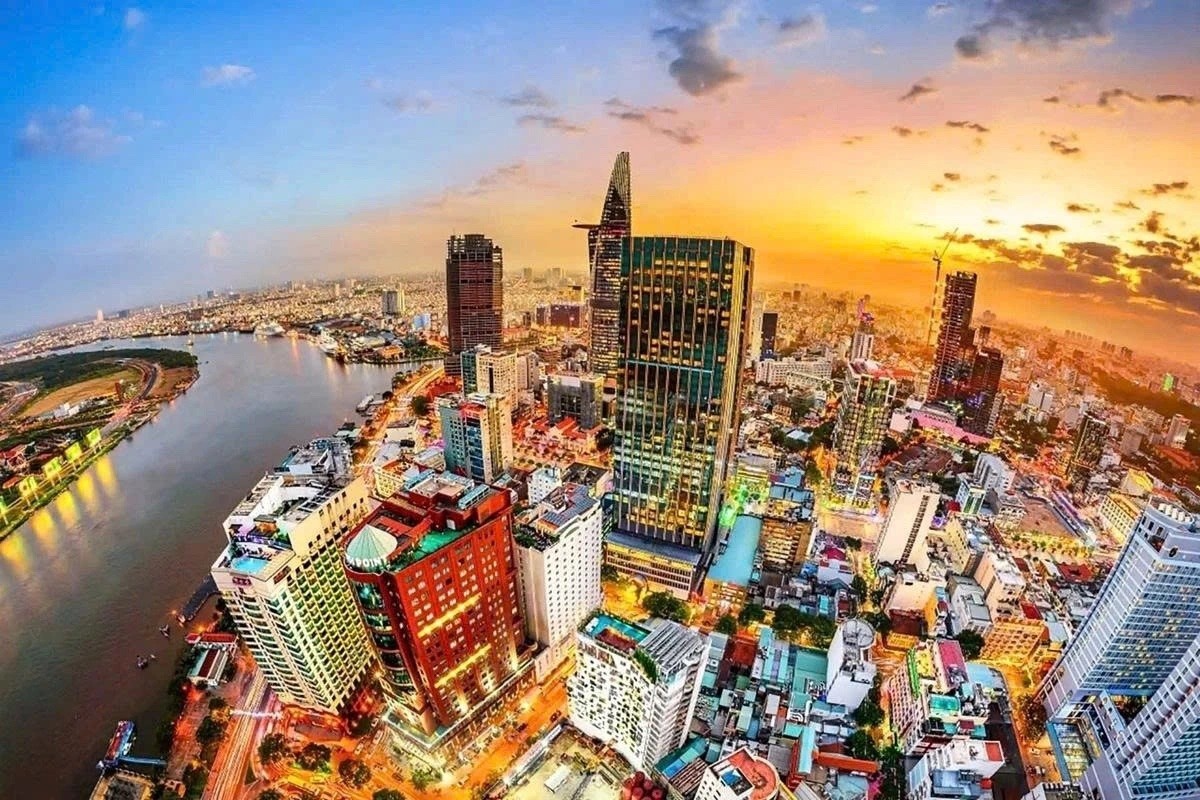 National
National
Vietnam News Today (Jun. 4): Vietnam - Promising Candidate for Southeast Asia’s Next Powerhouse
 National
National
Shangri-La Dialogue 22: Vietnam Highlights Some Issues of Ensuring Stability in a Competitive World
 National
National
Vietnam News Today (Jun. 3): PM Pham Minh Chinh to Attend UN Ocean Conference, Visit Estonia, Sweden
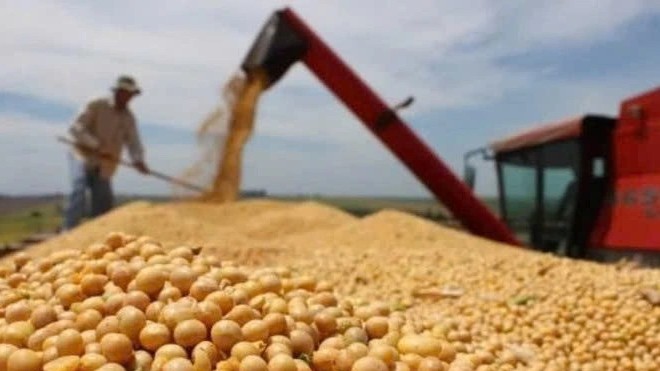 National
National
Vietnam News Today (Jun. 2): Vietnamese Trade Mission Sounds Out Business Opportunities in United States
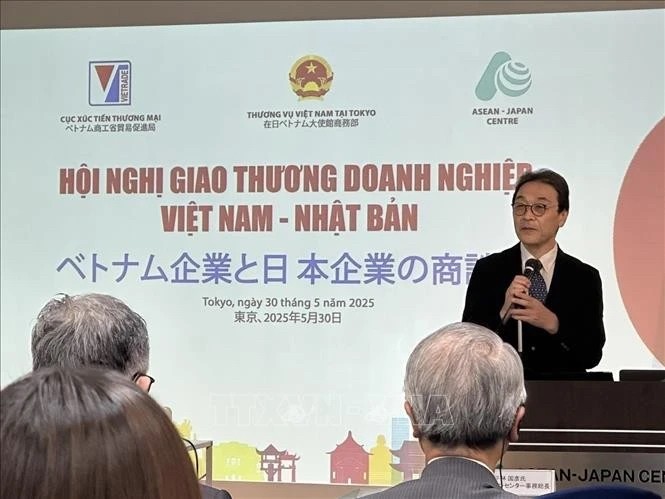 National
National
Vietnam News Today (Jun. 1): Vietnamese, Japanese Firms Foster Partnership
 National
National

